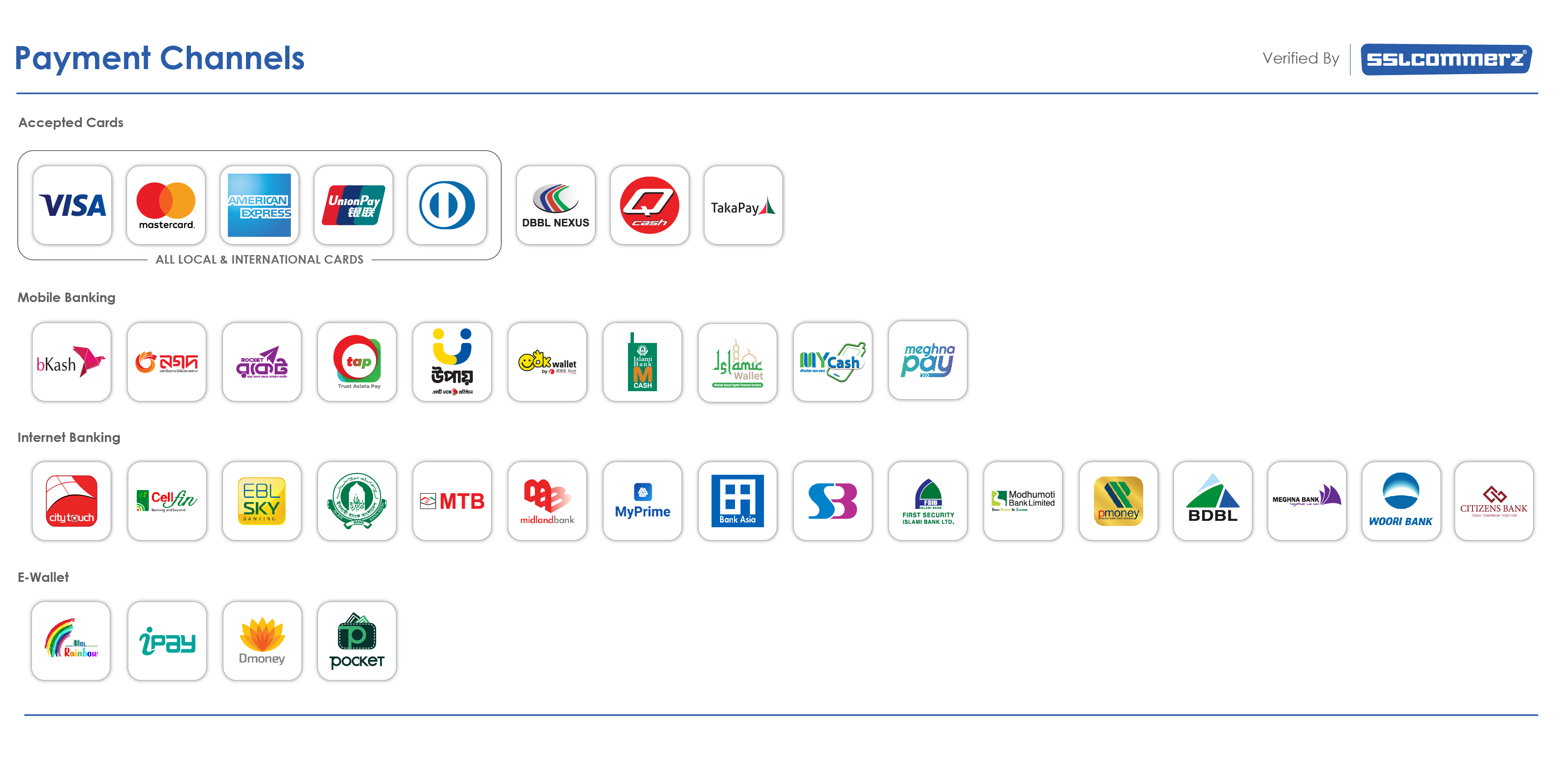
Full-Grain vs. Genuine Leather Wallets: Which is Right for You?
When it comes to choosing a leather wallet, understanding the type of leather used is crucial. Full-grain leather and genuine leather are two common types, each with distinct qualities. This guide will help you understand the key differences between full-grain and genuine leather, so you can make an informed choice that fits your style, budget, and durability needs.
Understanding the Basics of Leather Grades
Leather is graded based on how it’s processed and the quality of the hide. The main leather grades are full-grain, top-grain, and genuine leather. Full-grain leather is considered the highest quality, as it retains the entire grain layer, showcasing natural markings and enhancing durability. Genuine leather, on the other hand, is lower-grade leather that has been processed and may lack the same longevity as full-grain but offers a more budget-friendly option.
Full-Grain Leather: Pros and Cons
Full-grain leather is made from the outermost layer of the animal hide, which includes the grain pattern. Because this layer has not been sanded or buffed, full-grain leather retains its natural look and texture, making each wallet unique. Here’s a closer look at the pros and cons of full-grain leather:
Pros:
Durability: Full-grain leather is the most durable type of leather, capable of withstanding daily wear and tear without compromising its quality.Aging and Patina: Over time, full-grain leather develops a rich patina, giving the wallet a unique, distinguished look that many leather enthusiasts value.
Natural Appearance: With visible grain and natural markings, full-grain leather offers an authentic, premium look.
Cons:
Higher Cost: Because it’s the highest quality leather, full-grain leather tends to be more expensive than other types.
Requires Care: Full-grain leather can benefit from occasional conditioning to prevent drying and cracking, which requires a bit of maintenance.
Genuine Leather: Pros and Cons
Genuine leather is made from the layers of the hide left over after the top grain has been removed. This leather is typically processed and treated to have a uniform appearance. While not as durable as full-grain leather, it offers its own set of benefits. Let’s look at the pros and cons of genuine leather:
Pros
Affordability: Genuine leather is generally more affordable than full-grain leather, making it a budget-friendly choice.
Uniform Appearance: Genuine leather is treated to have a smooth, consistent look, which some people prefer over the natural, rugged look of full-grain leather.
Low Maintenance: Since it is processed, genuine leather often requires less maintenance than full-grain leather.
Cons:
Less Durable: Genuine leather is not as resilient as full-grain and may show signs of wear and tear more quickly.
Lacks Natural Patina: Genuine leather does not develop a patina, so it lacks the same character that full-grain leather gains over time.
Lower Quality: Genuine leather is often made from the lower layers of the hide, meaning it may not last as long as full-grain.
Differences in Durability and Appearance
One of the biggest differences between full-grain and genuine leather is durability. Full-grain leather is thicker, stronger, and more resistant to daily wear. Genuine leather, while still durable, is more prone to scratches, scuffs, and other signs of aging. In terms of appearance, full-grain leather offers a more natural, unique look with visible grain and markings, while genuine leather has a more uniform, polished appearance.

